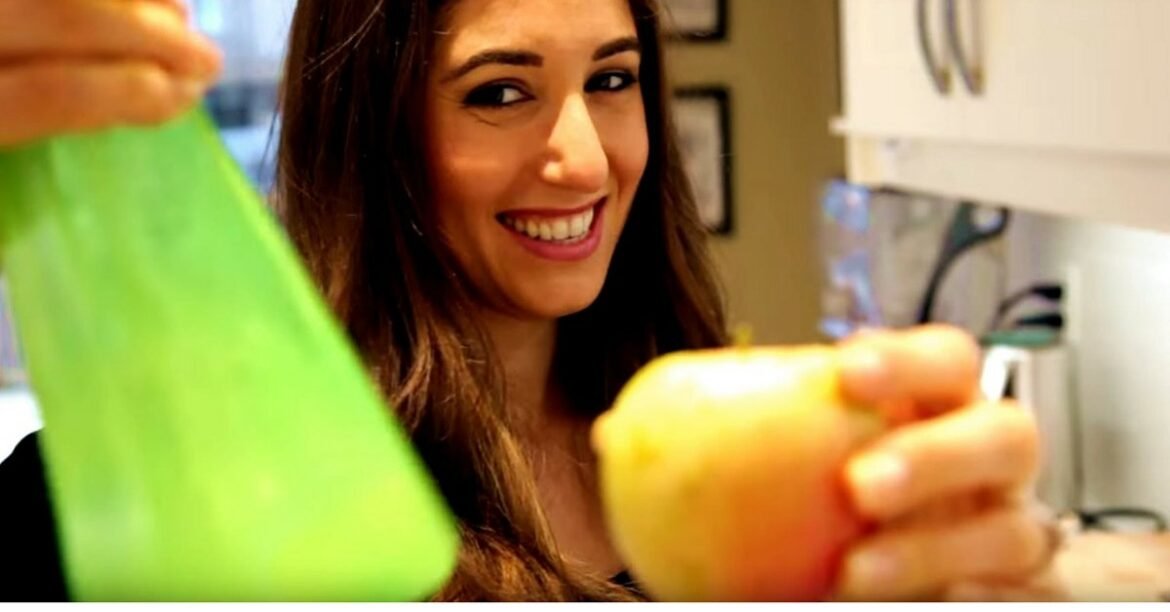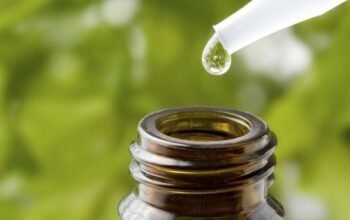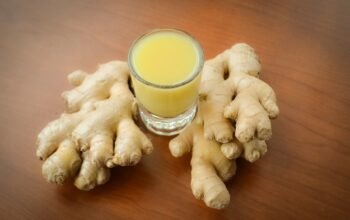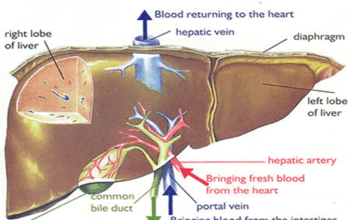In today’s world of mass food production, understanding how to remove pesticides from fruits and vegetables has become increasingly important for maintaining a healthy diet. Pesticide residues can pose significant health risks, making it crucial to adopt effective cleaning techniques that minimize exposure to these potentially harmful chemicals.
Understanding Pesticide Residues
Pesticide residues are chemical substances that remain on produce after agricultural treatments. These residues can include various types of chemicals used to protect crops from insects, fungi, and other potential threats. While farmers use these substances to ensure crop yield and quality, consumers are rightfully concerned about their potential health impacts.
Research has shown that long-term exposure to pesticide residues can potentially lead to several health concerns, including:
- Hormone disruption
- Increased risk of certain cancers
- Neurological problems
- Reproductive issues
Effective Methods for Removing Pesticides
Water Washing Techniques
The most basic and accessible method for removing pesticide residues is thorough water washing. However, not all water washing techniques are equally effective. Here are some recommended approaches:
- Tap Water Washing: While better than no washing, tap water alone removes only a limited amount of pesticide residues.
- Ozonated Water: This advanced technique can significantly improve pesticide removal, with studies showing up to 91.2% reduction in residues.
Natural Cleaning Agents
Several household items can help enhance pesticide removal:
- Vinegar Solution: Mix one part white vinegar with three parts water to create an effective cleaning solution.
- Baking Soda: A solution of baking soda can help break down certain pesticide residues more effectively than water alone.
Advanced Cleaning Techniques
For those seeking more comprehensive pesticide removal, consider these advanced methods:
- Ultrasonic Cleaning: Using high-frequency sound waves to dislodge pesticide particles from produce surfaces.
- Boiling: Some produce can be briefly boiled to reduce pesticide residues, with studies showing a potential 42.8 to 92.9% reduction.
- Ozone Water Treatment: A sophisticated method that uses ozone to break down chemical residues effectively.
Best Practices for Maintaining Pesticide-Free Produce
Beyond cleaning techniques, consider these additional strategies to minimize pesticide exposure:
- Buy Organic: Organic produce typically has significantly lower pesticide levels.
- Rotate Produce: Diversifying your diet helps reduce cumulative pesticide exposure.
- Proper Storage: Store produce correctly to maintain cleanliness and prevent cross-contamination.
Practical Cleaning Steps
Here’s a step-by-step guide to effectively clean your produce:
- Wash hands thoroughly before handling produce
- Rinse produce under running water
- Use a clean vegetable brush for firm produce
- For leafy greens, separate and rinse each leaf
- Pat dry with a clean cloth or paper towel
Important Considerations
While these methods can significantly reduce pesticide residues, it’s important to note that no technique guarantees 100% removal. The most comprehensive approach involves a combination of purchasing organic when possible, thorough washing, and using multiple cleaning techniques.
By implementing these strategies, you can significantly reduce your exposure to potentially harmful pesticide residues and enjoy cleaner, healthier produce.






